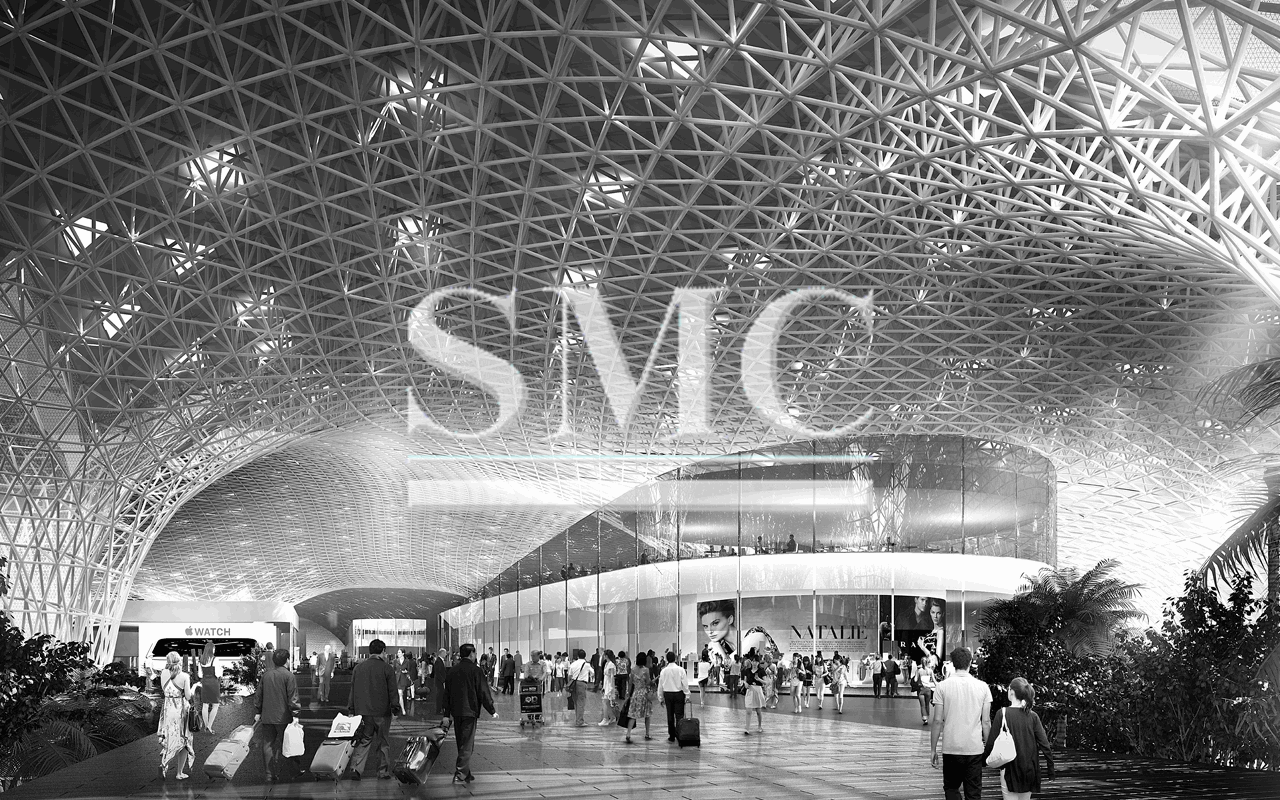Notice: Undefined index: sith_hide_share in /www/sites/alloy.wiki/index/wp-content/themes/likegoogle/single.php on line 32
Deprecated: get_settings is deprecated since version 2.1.0! Use get_option() instead. in /www/sites/alloy.wiki/index/wp-includes/functions.php on line 4862
History
The start date of using long-span structures is the nineteen century .Which generated the need for long span enclosures at a time when the technology of cast iron structures was sufficiently advanced to be able to provide them.
Progress from cast iron to wrought iron, then steel in quick succession provided the means to build longer and larger structures. Long-span buildings create unobstructed, column-free spaces greater than 30 metres (100 feet) for a variety of functions.
Long span structures are today widely applied mainly for sport buildings as stadia, sport halls, swimming pools, ice tracks and skating rinks and indoor athletics. There is a wide range of different structural systems for long span sheds. Steel is by far the most common structural material used in their construction.

There has been an increasing demand for longer column free spaces to provide maximum flexibility of the interior space. The structure can be clad in a variety of ways, with profiled steel sheeting a common choice. The design of large sheds provides a wealth of opportunities for the designer to explore technology. Large flexible spaces can be provided to suit a wide range of uses.
Long Span One – Way Structural Systems
Refer to spans exceeding 60 feet.
A one way structural system is characterized by relatively
large linear spanning elements in one direction. Smaller spanning members are used to carry loads to the primary members.
Used in rectangular framing bays
Considerations for One-Way Systems:
1) Lack of redundancy
2) Stability During Construction
3) Stability After Construction
4) Connections
5) Ponding
6) Temperature Movement
7) Tolerances
8) Shipping
Long Span Two – Way Structural Systems
As its name implies, a two-way system distributes load across two or more members. All members in a two-way system are considered to be primary members.
A two-way system is most efficient when the shape is square so that there is equal distribution along the supporting members
Types of two-way structural systems:
1. Space Frame – Basically, it is a 3-dimensional truss. Lots of redundancy built into this type of truss system.
2. Dome – Probably the most efficient structural system. A circular dome has vertical meridian lines that act like vertical arches in compression and horizontal hoops that act in tension.
3. Thin-Shell Structures – Carries shear, compression and tension in the plane of the shell. These structures are deformation resistant based
on their shape.
4. Membrane structures – Similar to thin shell structures, membrane structures are also considered to be form resistant. However, these fabric-like membranes can carry tension ONLY. They are extremely lightweight.
Shanghai Metal Corporation is a trusted aluminum alloy, aluminum foil price, stainless steel price and stainless steel manufacturer, kinds of stainless steel in china.
Guest contributors are welcome at the Alloy Wiki.It is a weekly wiki and guide on alloy information and processing technology, while also about the vast array of opportunities that are present in manufacturing. Our team of writers consists of a Machining Material Supplier / Machinist / Tool and Die Maker, a Biomedical Engineer / Product Development Engineer, a Job Development Coordinator / Adjunct Professor, and a President and CEO of a manufacturing facility.
Link to this article:What long span structure is and what it is used for?
Reprint Statement: If there are no special instructions, all articles on this site are original. Please indicate the source for reprinting:Alloy Wiki,thanks!^^


